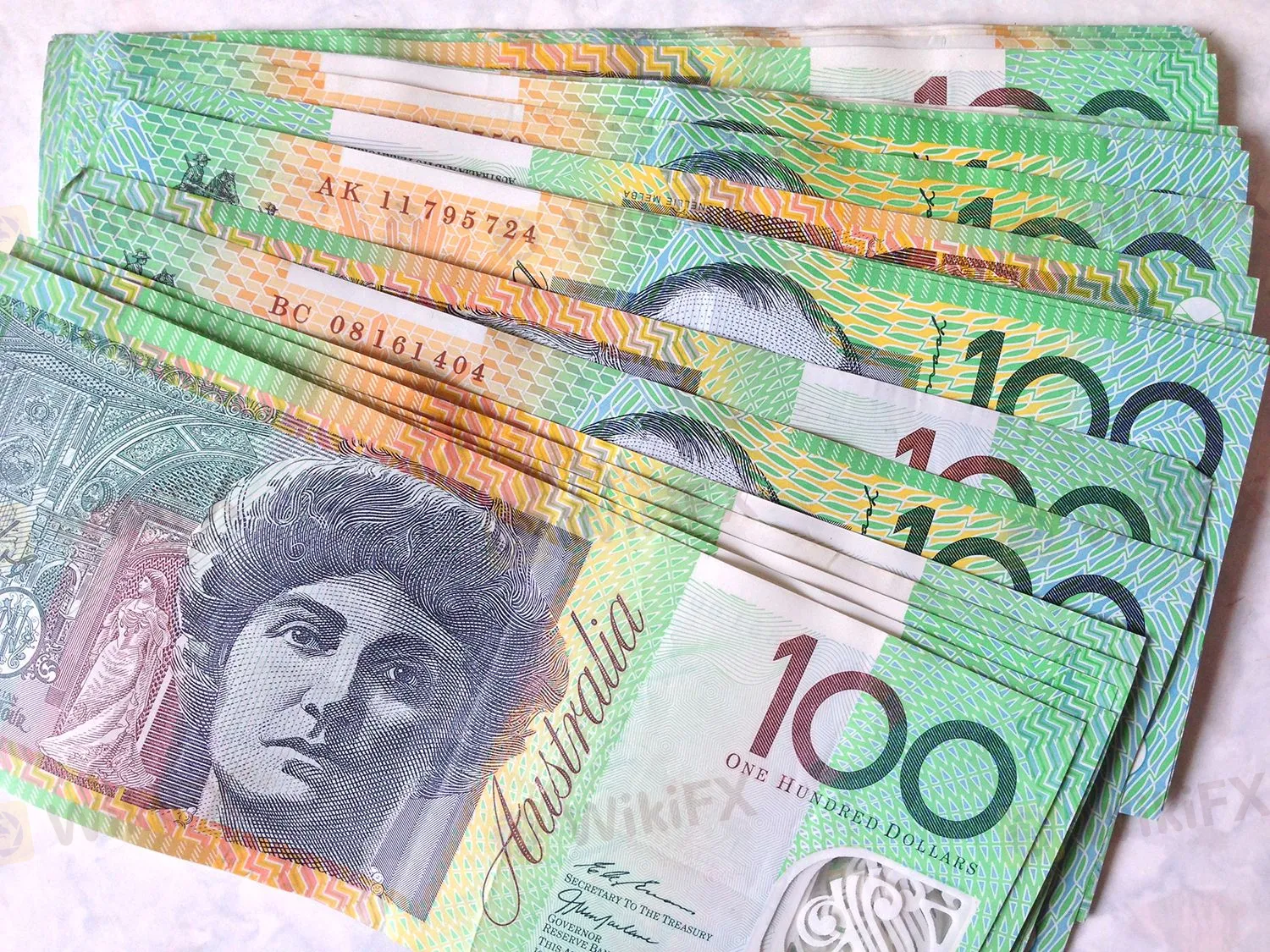简体中文
繁體中文
English
Pусский
日本語
ภาษาไทย
Tiếng Việt
Bahasa Indonesia
Español
हिन्दी
Filippiiniläinen
Français
Deutsch
Português
Türkçe
한국어
العربية
AUD/USD Rebound Intact After Mixed Chinese PMI Data, Downside Risks Remain
Abstract:AUSTRALIAN DOLLAR, AUD/USD, CHINESE PMIS, ENERGY CRISIS – TALKING POINTS
Chinese Manufacturing PMI slips into contraction territory, service sector rebounds
Chinese energy crisis, Evergrande fiasco may continue to weigh on economic activity
AUD/USD rebounds, but prices have a long way to go before making up weekly losses

The Australian Dollar remains slightly higher versus the US Dollar after China‘s National Bureau of Statistics (NBS) reported mixed PMI data. The purchasing managers’ index for the manufacturing sector fell into contractionary territory to 49.6 in September, missing the consensus expectation of 50.0 and down from 50.1 in August. PMI for the services sector (non-manufacturing) crossed the wires at 53.2, beating estimates of 49.8.
The composite reading rose to 51.7 from 48.9 – which indicates an overall expansion in activity across the two sectors. Chinas Caixin Global released its own report for manufacturing activity, which crossed the wires at 50.0 versus an expected 49.5. Caixin surveys small to medium sized firms compared to larger firms in the NBS survey. The data may show that smaller firms have skirted the larger impact of policy measures to limit pollution and curb energy usage.

AUD/USD gave a moderate upside reaction to the data, with traders appearing to focus on the rosy services sector data versus the drop into contractionary territory in the manufacturing sector. The Chinese government has favored support to consumers rather than factories and industry in recent months. The People‘s Bank of China (PBOC) shifted into a more supportive stance following the Evergrande Group’s missed interest payments.
The initial news wires over China‘s second largest real estate developer and its inability to service its debt obligations roiled global markets earlier this month. However, traders appear to have overestimated contagion risks at first. The PBOC’s amped up support has also helped to cool jitters, with increased liquidity injections through 7- and 14-day reverse repos.
China is also facing a potential energy crisis as power grid demand rises alongside a commensurate rise in energy fuel products like natural gas and coal. Beijing is responding by capping the rates at which power plants can charge customers. At the same time, policymakers are curbing production across factories to cool demand. This will likely keep manufacturing activity suppressed for the time being. On the other hand, these decisions bode well for Chinas consumer base – which may underpin services activity.

AUD/USD TECHNICAL FORECAST
AUD/USD prices are rebounding modestly after piercing below a level of support during this weeks risk-off trading. Bulls are unlikely to take the prior support level unless upside momentum accelerates substantially, with prices down near a full percent on the week. MACD is tracking lower on the 8-hour time frame, suggesting healthy downside momentum.
AUD/USD 8-HOUR CHART

Disclaimer:
The views in this article only represent the author's personal views, and do not constitute investment advice on this platform. This platform does not guarantee the accuracy, completeness and timeliness of the information in the article, and will not be liable for any loss caused by the use of or reliance on the information in the article.
Read more

Weekly Fundamental Gold Price Forecast: Hawkish Central Banks a Hurdle
WEEKLY FUNDAMENTAL GOLD PRICE FORECAST: NEUTRAL

Gold Prices at Risk, Eyeing the Fed’s Key Inflation Gauge. Will XAU/USD Clear Support?
GOLD, XAU/USD, TREASURY YIELDS, CORE PCE, TECHNICAL ANALYSIS - TALKING POINTS:

British Pound (GBP) Price Outlook: EUR/GBP Downside Risk as ECB Meets
EUR/GBP PRICE, NEWS AND ANALYSIS:

Dollar Up, Yen Down as Investors Focus on Central Bank Policy Decisions
The dollar was up on Thursday morning in Asia, with the yen and euro on a downward trend ahead of central bank policy decisions in Japan and Europe.
WikiFX Broker
Latest News
SQUARED FINANCIAL: Your Friend or Foe?
Big News! UK 30-Year Bond Yields Soar to 25-Year High!
ACY Securities Integrates MetaTrader 5 to Enhnace Copy Trading Service
Soegee Futures Review: Should You Trust This Broker?
Malaysian Pilot Loses RM1.36 Million in UVKXE Investment App Scam
Indonesia officially joins the BRICS countries
Attention! Goldman Sachs Cuts Gold Target to $2910
Inflation Rebounds: ECB's Big Rate Cut Now Unlikely
Carney \considering\ entering race to replace Canada\s Trudeau
High-Potential Investments: Top 10 Stocks to Watch in 2025
Currency Calculator






